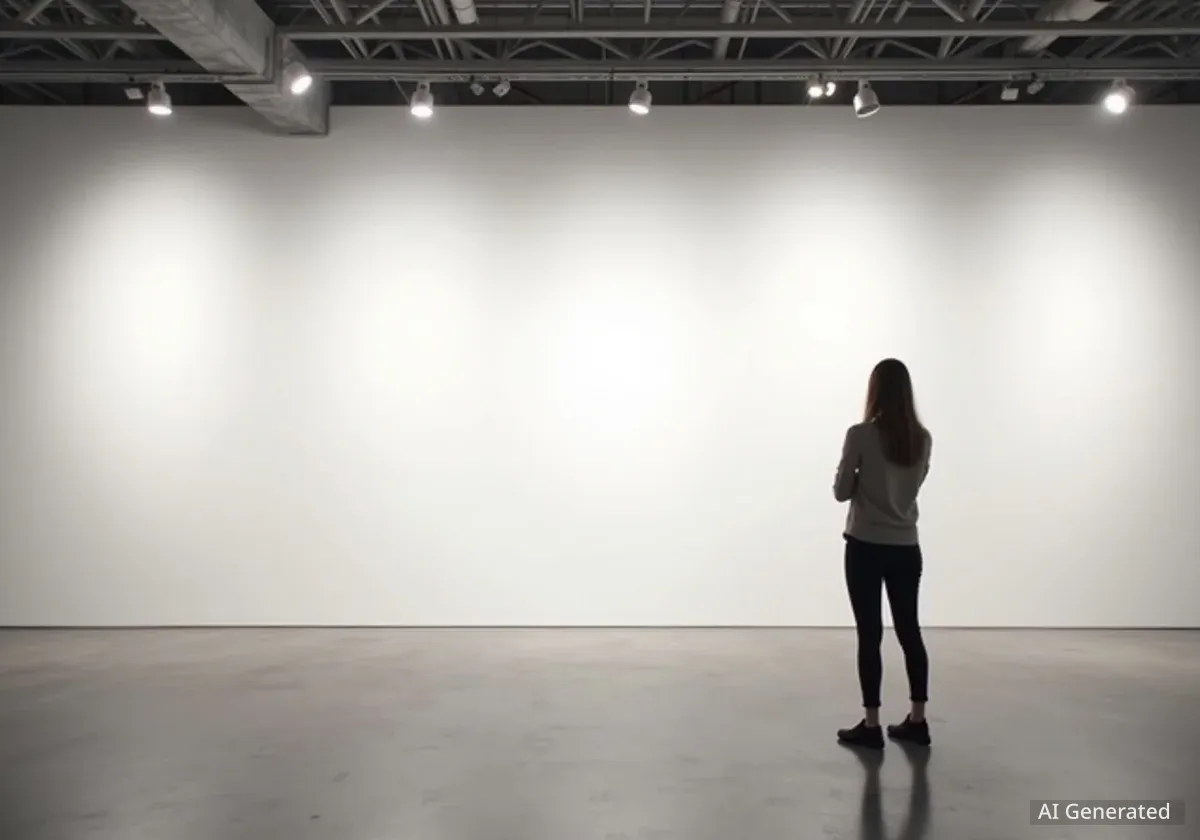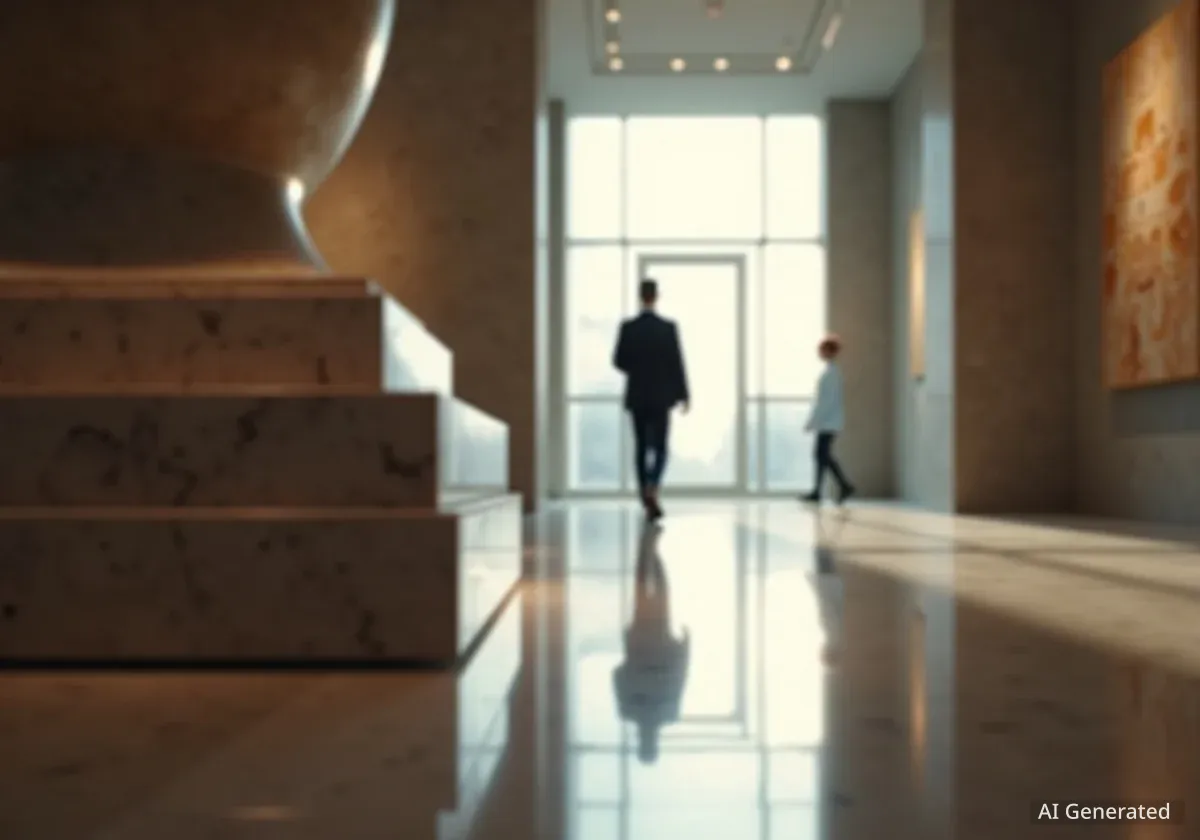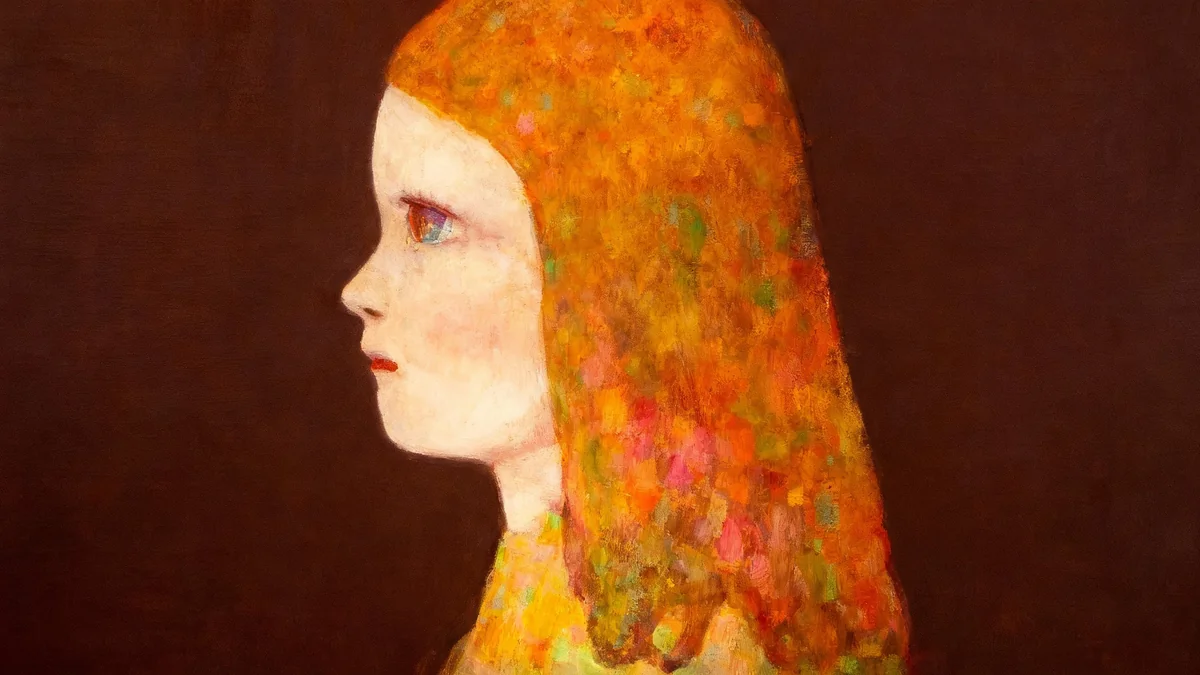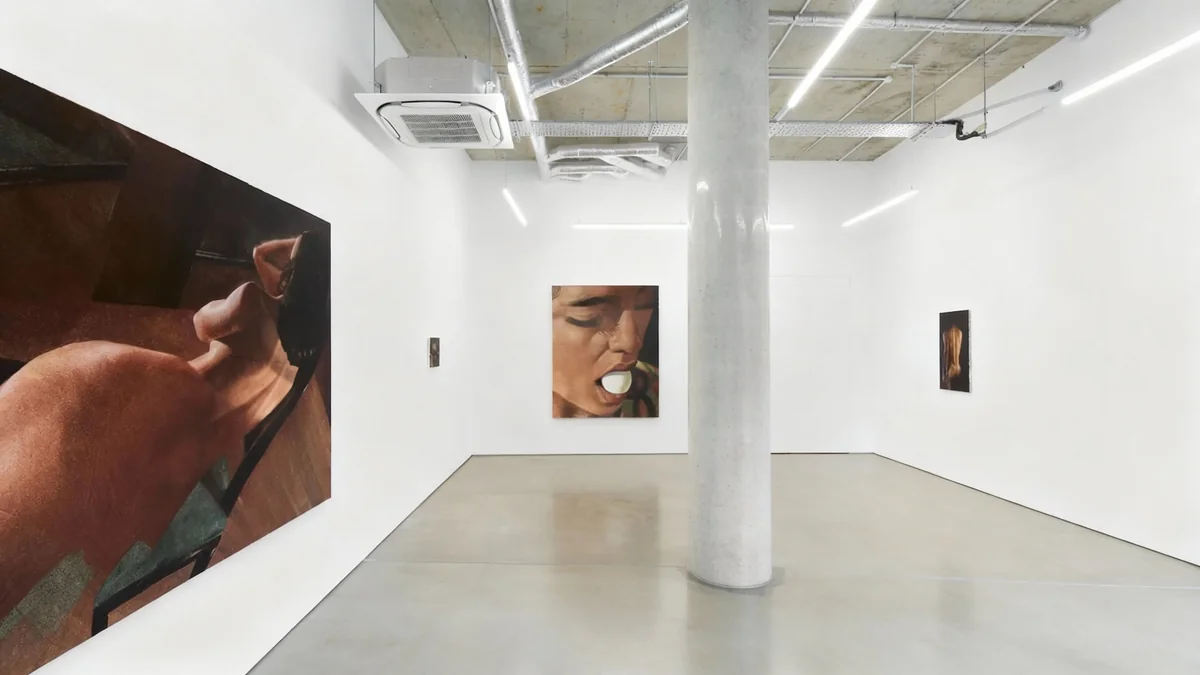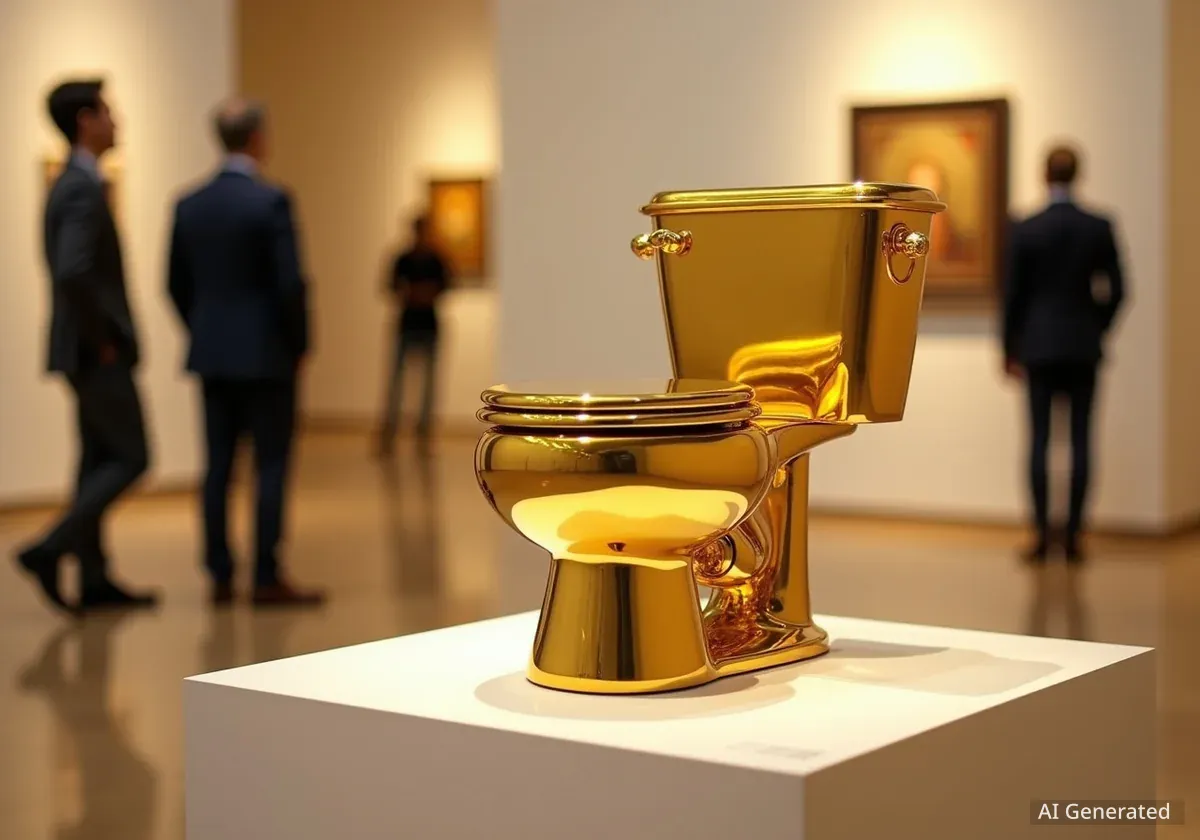Olney Gleason, a newly established art gallery, will exclusively represent the works of Abstract Expressionist painters Jackson Pollock and Lee Krasner. This representation is in partnership with the Pollock-Krasner Foundation. The announcement marks a significant development for the legacies of both influential artists in the global art market.
The gallery, which began operations earlier this year, was founded by Nick Olney and Eric Gleason. Both individuals are former senior staff members from the Kasmin gallery. Their new venture continues a long-standing relationship with the artists' estates.
Key Takeaways
- Olney Gleason gallery will exclusively represent Jackson Pollock and Lee Krasner.
- This partnership is with the Pollock-Krasner Foundation.
- Founders Nick Olney and Eric Gleason previously worked at Kasmin gallery.
- The gallery will promote artists through shows, publications, and museum support.
- Lee Krasner's work is increasingly recognized as equal to Pollock's.
New Gallery Continues Legacy of Representation
Olney Gleason was formed as a successor to the Kasmin gallery. Paul Kasmin, the founder of the previous gallery, passed away in 2020. Kasmin had represented Jackson Pollock’s art since 2014 and Lee Krasner’s art since 2017. This history provides a strong foundation for the new gallery's focus.
During their tenure at Kasmin, Nick Olney and Eric Gleason were instrumental in organizing four exhibitions dedicated to Lee Krasner’s work. This experience highlights their deep understanding and commitment to her artistic contributions. Their efforts helped elevate Krasner's profile in the art world.
Fact: Jackson Pollock
Jackson Pollock (1912-1956) was a central figure in the Abstract Expressionist movement. He is renowned for his unique 'drip painting' technique. This method involved pouring or splashing paint onto a horizontal canvas.
Supporting Major Museum Exhibitions
The founders' previous gallery also played a crucial role in supporting major institutional shows. For example, they backed a significant 2019 retrospective of Lee Krasner’s work. This exhibition debuted at London’s Barbican Centre.
The Krasner retrospective then traveled to several other prominent venues. These included the Schirn Kunsthalle in Frankfurt, the Zentrum Paul Klee in Bern, and the Guggenheim Museum Bilbao. Such extensive tours demonstrate the international interest in Krasner's art.
In 2024, Olney and Gleason also supported the exhibition “Jackson Pollock: The Early Years, 1934–1947.” This show was held at the Picasso Museum in Paris. It offered insights into Pollock’s formative artistic period before his iconic drip paintings.
"The Pollock-Krasner Foundation celebrates our ongoing partnership with Eric and Nick at Olney Gleason, extending our nearly decade-long relationship with their team," said Caroline Black, Executive Director at the Pollock-Krasner Foundation.
The Role of the Pollock-Krasner Foundation
According to a press release from Olney Gleason, the gallery will collaborate closely with the Pollock-Krasner Foundation. This collaboration aims to promote both artists' works through various avenues. These include gallery exhibitions, scholarly publications, and providing support for museum shows.
The Pollock-Krasner Foundation was established in 1985. It was created through a bequest from Lee Krasner herself. The foundation's primary mission is to fund exhibitions and scholarship related to the art of both Pollock and Krasner.
Background: Abstract Expressionism
Abstract Expressionism emerged in the 1940s in New York City. It was the first American art movement to achieve international influence. Artists focused on spontaneous, emotional expression, often through large-scale, abstract works. Jackson Pollock is considered one of its pioneers.
Supporting Visual Artists and Institutions
Beyond promoting the two artists, the foundation also supports visual artists more broadly. It provides unrestricted individual grants to artists. Additionally, it offers grants to museums and galleries for exhibitions and artist residencies. This dual focus helps foster new artistic talent while preserving historical legacies.
The foundation's executive director, Caroline Black, expressed enthusiasm for the continued partnership. She highlighted the long-standing relationship with Eric Gleason and Nick Olney. This continuity is important for managing the artists' significant legacies.
Jackson Pollock's Enduring Influence
Jackson Pollock is widely regarded as a giant of 20th-century art. He became the face of the Abstract Expressionist movement. His artistic journey saw him adapt Surrealist automatic writing techniques. Initially, he applied these to semi-figurative paintings.
Later, Pollock developed his signature performative "drip canvases." These revolutionary works were created between 1947 and his untimely death in a car crash in 1956. His method transformed how art could be made and perceived. His impact on modern art remains profound.
- Pollock's drip paintings marked a turning point in art history.
- His work challenged traditional notions of painting.
- He inspired many subsequent generations of artists.
Lee Krasner's Reassessment and Rising Recognition
Lee Krasner, Pollock's wife, was initially slower to gain the same level of public fame as her husband. However, her artistic contributions have undergone a significant reassessment in recent decades. Art historians and critics now recognize her work as being equal to his.
Krasner's art, particularly her powerful nudes from the 1950s and her bold, expressive abstractions of the 1960s, has received increasing acclaim. Her unique style and artistic development are now celebrated independently of Pollock's shadow. This recognition highlights her significant role in Abstract Expressionism and beyond.
The efforts of galleries like Olney Gleason and foundations like the Pollock-Krasner Foundation are crucial for ensuring both artists' works continue to be studied, exhibited, and appreciated globally. Their commitment helps secure the enduring legacies of these two pivotal figures in modern art history.
